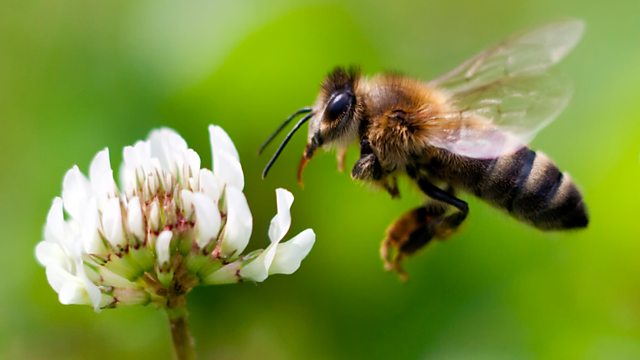The Price of Nature
The Stern Report put a price on carbon and this catapulted climate on to the world agenda. Tom Heap finds out if putting a price on nature can do the same for biodiversity.
Do we need to set a price on the environment to get policy makers, business and individuals to really take it seriously? Alkborough Flats on the Humber Estuary is a haven for birdlife but has also offered 拢400,000 worth of flood protection a year. The carbon storage in its sediment is valued at a further 拢14,500 plus there's additional revenue from recreation and tourism. Bees are another example. Their services to farming are estimated at 拢200 million a year with the retail value of what they pollinate closer to 拢1 billion. Upland farming is already heavily subsidized but should they be paid not to farm (which can cause costly contamination in drinking water for example) and instead be paid to maintain water quality, guard against flooding and maintain wildlife habitats? If real monetary reward is to be gained could there be many more people keen to hear the environment message. Or is this an over simplification of the value of our natural resources. After all we are already dealing with the fallout of what some see as a failed reliance on capitalist economics.
What was a theoretical issue is becoming reality. Right now the National Ecosystem Assessment is taking place. Government-sponsored inspectors are actually pricing up the services provided by our environment with a view to embedding them in policy. Tom Heap meets the economists and leading figures from the world of banking and accounting who could be the unlikely answer to safeguarding biodiversity.
Last on
More episodes
Previous
Next
Broadcasts
- Wed 7 Apr 2010 21:0091热爆 Radio 4
- Thu 8 Apr 2010 13:3091热爆 Radio 4
What has happened to the world's coral?
Podcast
-
![]()
Costing the Earth
Fresh ideas from the sharpest minds working toward a cleaner, greener planet



